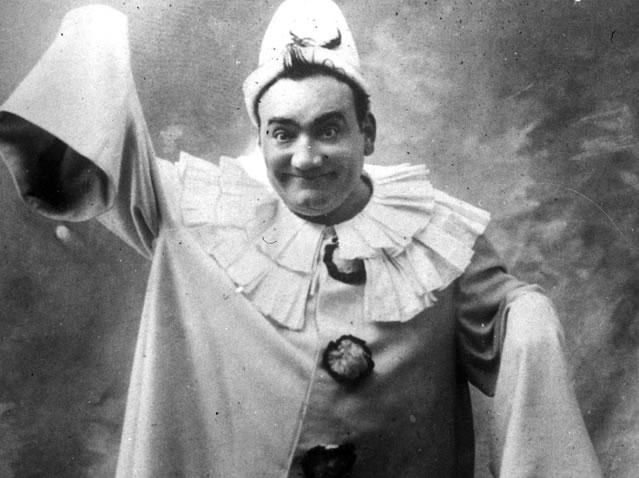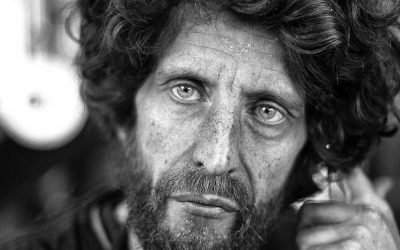Developing an operatic voice: misunderstandings and technique

When I began to study at the age of twenty-three in New York City, this was made obvious by most teachers, even though there were different approaches, and each one had a specific vocabulary. At that time, it was clear to everyone that the Italian School of Singing was the only one; after all, the Italian School was the beginning of it all. Today this is not the case, and many people ignore, or are not aware of this traditional, and indeed productive approach to the voice. Modernization is not always preferable, since most of the great classical music was written many years ago, and in order to fulfill its demands (and I know from my own personal experience) the so called “old fashioned” approach is the best one; in fact the only one for a singer to realize his or her full potential. At present, I will not go into how many sins some of the current stage directors have committed against some of the greatest operatic masterpieces ever written, under the guise of modernization.
When the vowel is sung properly with the right amount of energy, the consonant is then carried by this energy and the diction is practically perfect. The key to this is the sung vowel and a rather dark-ish vowel at that, pronounced with the muscles at the back of the throat, not the lips. Brightening the vowel and putting it forward only inhibits the resonance and of course, diminishes the sound of the voice, making it practically impossible to sing with an orchestra. The other effect of the forward approach is the issue of finding the pitch: the problem is technical. If the voice functions as it should, pitch is never an issue.
After working with hundreds of singers such as my first students (Anoosha Golesorkhi, Jaco Huijpen, Frank van Aken, Eva Maria Westbroek, Violetta Lazin and Bastiaan Everink), I have never had one with a “so called” pitch problem, once the voice is trained to a certain level.


“Edward, one day this young man will be my successor.” Caruso’s reply was: “If I can only do half as well”.
The closest I ever came to this feat was, as a young tenor in Israel, when just before, and right after the Six Day War in 1967, in a period of ten days, I sang the leading tenor roles in Lucia di Lammermoor, Tosca, Carmen and I Pagliacci. I was too young to realize it should have been difficult, and in fact, it was not.
Another issue that I feel I should address is controlling of the voice, in order to keep it “equal”, as the voice goes higher on the scale. I have spoken about developing the lower and middle parts of the voice and then the higher part. When this is achieved and the voice obviously starts to be freer, hence more intensity of sound, it must be left alone to make this climax. All vocal climaxes are made on higher pitches. This is quite simply how music is written, and to deny it, with some sort of manipulation of the sound, goes totally against the true nature of a voice, and why the composer wrote it that way in the first place.

Years ago there was no dispute about this.
But today???

When the great Caruso said a good high note feels like going to the toilet, he meant after one achieves the note, perhaps it feels like this, although I would not count on it. But he certainly did not mean to push down with your muscles before; this will constrict the sound. Caruso also said that one of the most important elements of singing is the proper closure of the vocal chords, which is obvious to most real singers.

I could make a very long list of the female singers who have used their chest registers with great expressions and success, but I will keep the list short with four that I knew and heard very often, having sung with two of them: Eileen Farrell, Jessye Norman, Leontyne Price, Martina Arroyo.

My first experiences in this way were with two male singers, each with a polyp which of course interfered with their singing. After just a few months, both men were back to normal, having only concentrated on certain exercises. My latest surprise was practically eliminating the stuttering problem of a young Dutch female singer. I had heard over the years that singing could be helpful to someone who has a stuttering problem, but such a dramatic reduction was indeed a very pleasant surprise for both the singer, and myself.

P. S. Great vocal music has inherently many vocal traditions; they should be treated with respect and not like mathematics.






